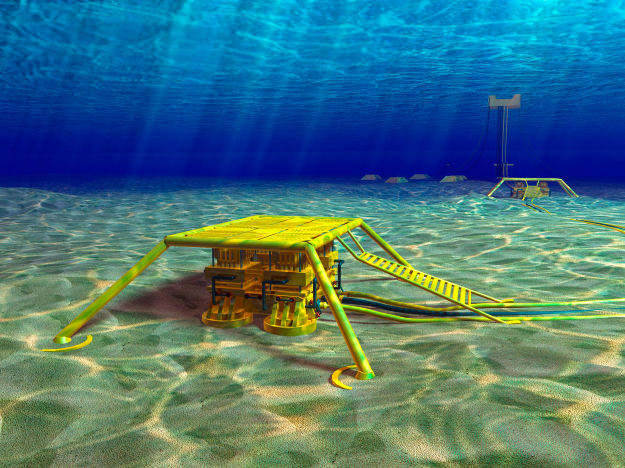Statoil Submits Norway's Astero/Byrding Field Plan
Norwegian operator Statoil has submitted a plan for the development and operation of the Byrding – formerly Astero – field in the northern North Sea to the Norwegian Petroleum Directorate (NPD), more than a decade after finding the oil and gas field.
Byrding is a small oil and gas discovery in block 35/11 with estimated recoverable resources of about 11mn barrels of oil equivalent but is conveniently close to existing infrastructure.
The discovery is about 3.8 km north of Fram and 27 km southwest of Gjoa. Water depth in the area is 360 m and the reservoir is about 3,100 m below the sea surface.
Statoil is the operator (45%) with German Wintershall (25%), Japanese Idemitsu (15%) and French Engie (15%). Statoil said the capital cost of the development is about NOK 1bn ($122mn), reduced from an initial estimate of NOK 3.5bn.
The discovery was made in 2005 and since then the development has been considered "multiple times," the NPD said. The concept choice was made in Q1 2015 and the licensees plan to start production in Q2 2017.
The plan is to develop Byrding with a two-branch well drilled from an available slot on the existing subsea template on Fram H-North. The wellstream will be routed via Fram infrastructure to Troll C, where the gas will be separated and sent from Troll A to the terminal at Kollsnes.

Fram subsea development (Credit: Statoil)
“It is very positive that Byrding is now being developed and is contributing to value creation both for society at large and for the licensees,” says Tomas Morch, the NPD’s assistant director for the Northern North Sea.
He emphasises the importance of efficient utilisation of existing infrastructure and that the companies cooperate to develop good area solutions. The development of minor discoveries using existing infrastructure, where the ownership structure and strategies differ in the various production licenses, may pose commercial challenges.
“Good dialogue between the different players is the key to finding good area solutions,” says Morch. The Byrding discovery is located within production licence 090 B.
William Powell



